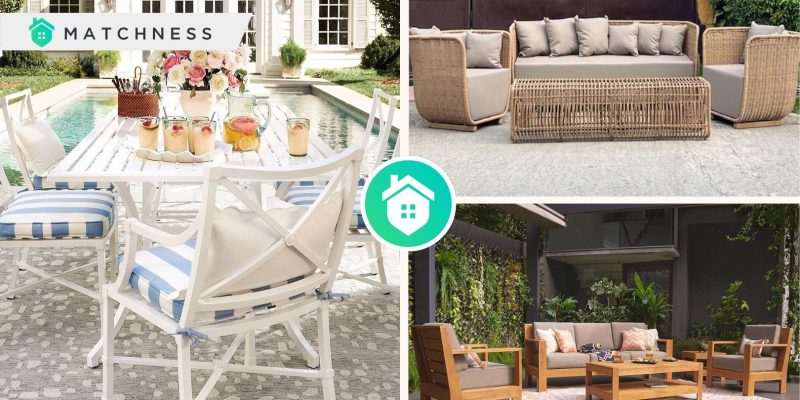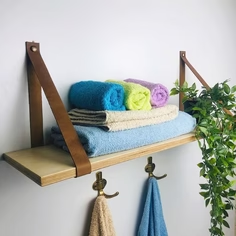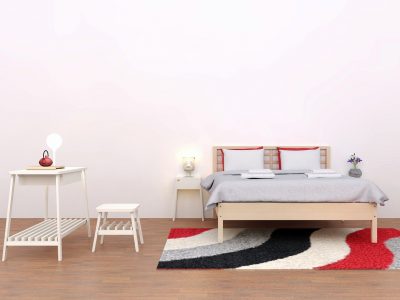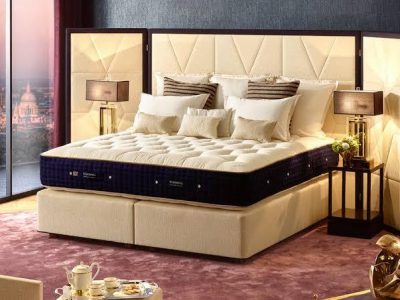Outdoor furniture is a critical component in transforming outdoor spaces into functional and inviting areas for relaxation and entertainment. By carefully selecting styles, materials, and designs that suit your needs and tastes, you can create an outdoor oasis that enhances your lifestyle. Remember to consider comfort, durability, and maintenance when making your choices, and invest in quality pieces that will stand the test of time. Whether you prefer a traditional garden setting or a modern patio retreat, the right outdoor furniture can make all the difference in enjoying the great outdoors.
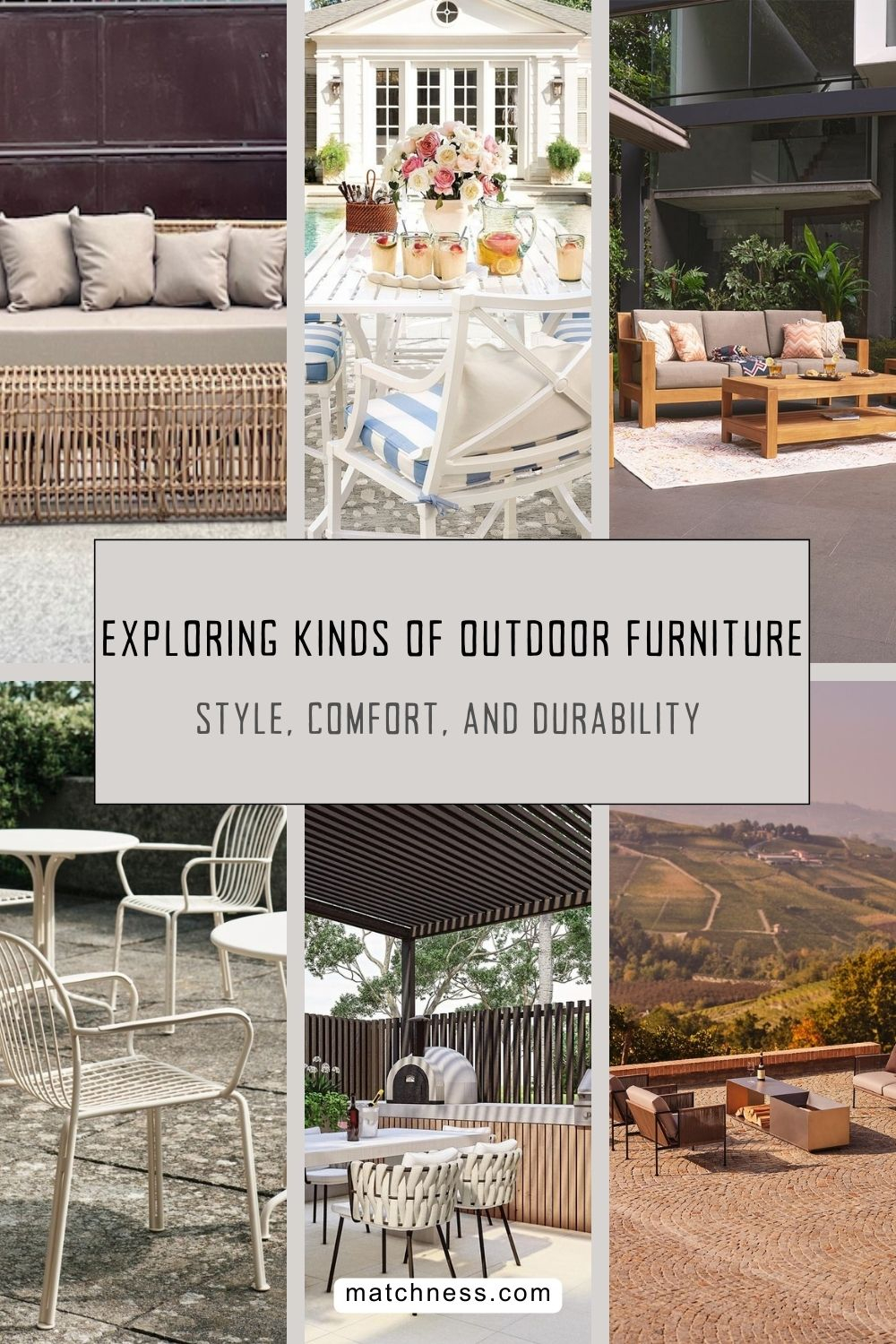
Additionally, outdoor spaces have evolved from simple backyards to extensions of our living areas. The transformation of the outdoor spaces reflects the growing importance of outdoor furniture in creating functional and aesthetically pleasing environments. This article delves into the various aspects of outdoor furniture to enhance your outdoor living experience.
The Evolution of Outdoor Furniture
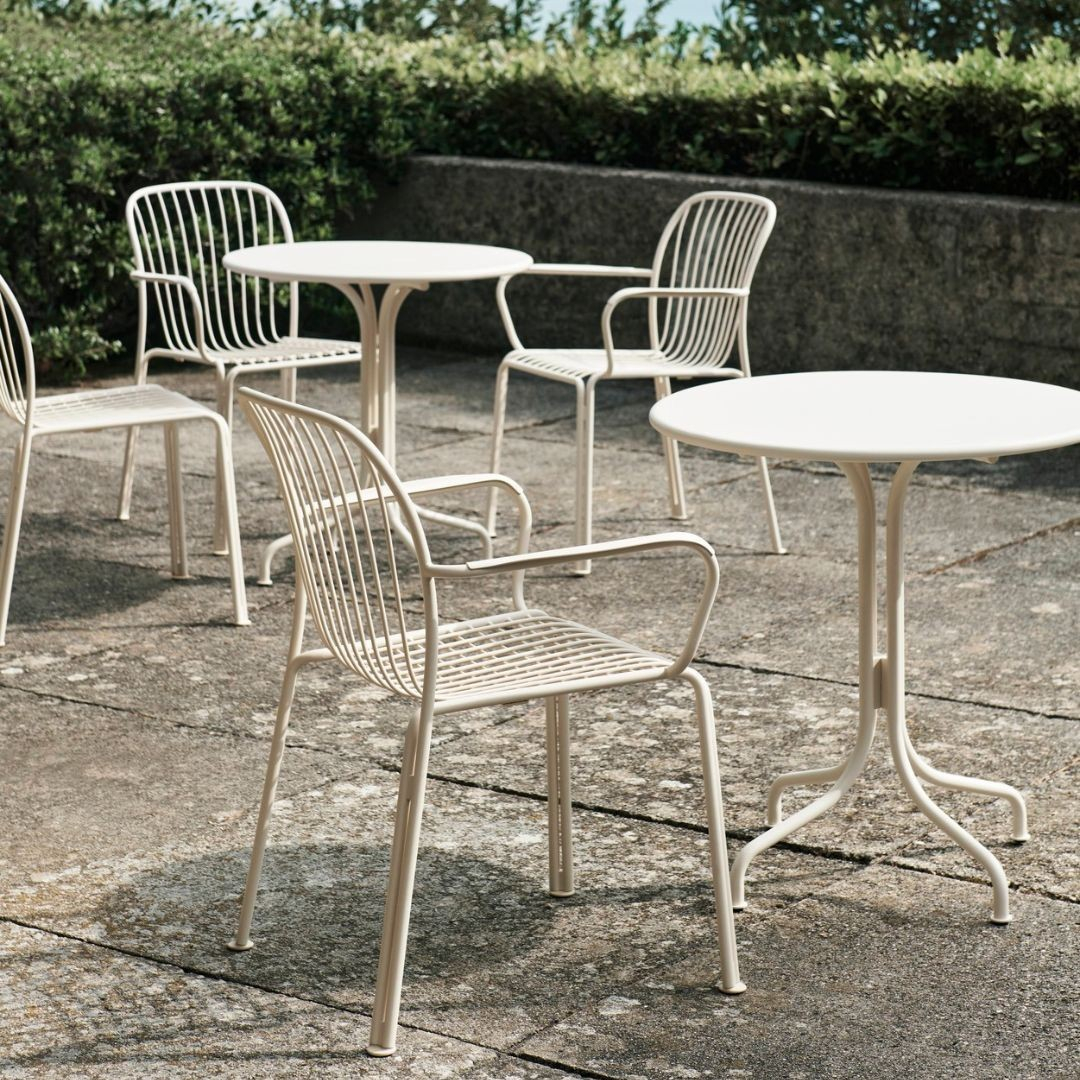
This one is a classic style of furniture. You can see it here that there is no pad added on the chair that will make it less comfortable. Outdoor Furniture from @nordicelementsstudio
Historically, outdoor furniture was rudimentary, serving basic functions with minimal attention to style or comfort. Early pieces were often crafted from wood or metal, designed primarily for durability. As outdoor living gained popularity, the industry saw significant innovation in materials, designs, and functionalities. Today, outdoor furniture ranges from simple, classic designs to elaborate, contemporary sets that rival indoor furnishings in comfort and style.
Styles and Trends

The furniture here (sofa and coffee table) can be said as a combination of style furniture. The wood material can be said as the farmhouse one and the pad with a neutral color and simple design has a modern style. Outdoor Furniture Style from @cambridgecasual
Outdoor furniture styles are as diverse as indoor options, allowing homeowners to express their personal tastes. Some popular styles include:
1. Traditional: Often crafted from wrought iron or wood, traditional outdoor furniture features intricate designs and classic elegance. These pieces are perfect for creating a timeless, sophisticated look in your garden or patio.
2. Modern: Characterized by sleek lines, minimalistic designs, and neutral colors, modern outdoor furniture fits well in contemporary settings. Materials like aluminum, stainless steel, and synthetic fibers are commonly used.
3. Rustic: Emphasizing natural materials and earthy tones, rustic furniture blends seamlessly with outdoor environments. This style often features reclaimed wood, stone, and wrought iron, evoking a cozy, cabin-like feel.
Comfort and Functionality
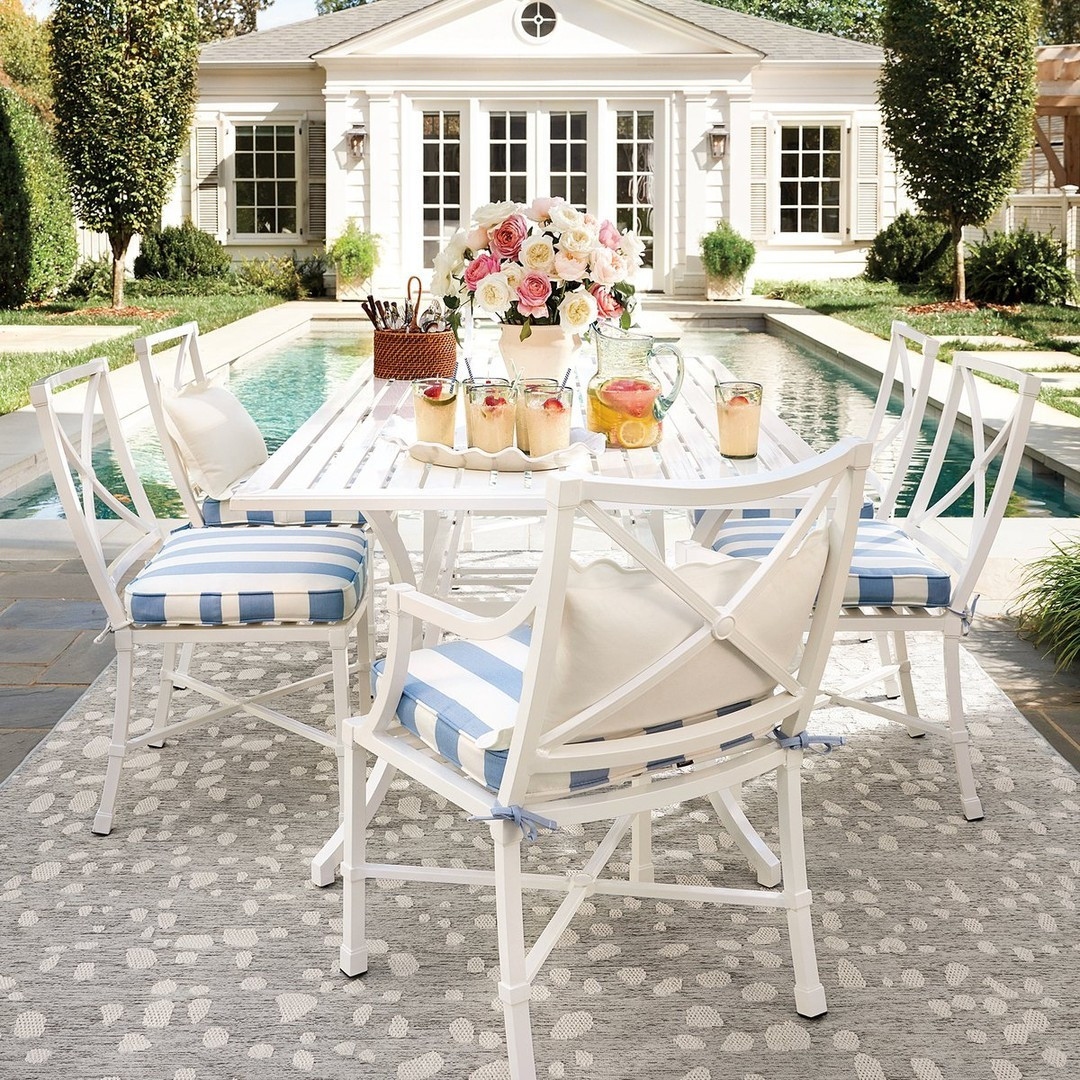
With the pad added to the chair, this furniture has a special comfort while you sit there. There is no need to worry about the weather because you can install and uninstall the pad anytime you need to. Outdoor Furniture Comfort from @ballarddesigns
Comfort is paramount when selecting outdoor furniture. Unlike indoor furniture, outdoor pieces must withstand various weather conditions while providing a pleasant seating experience.
Durability and Materials
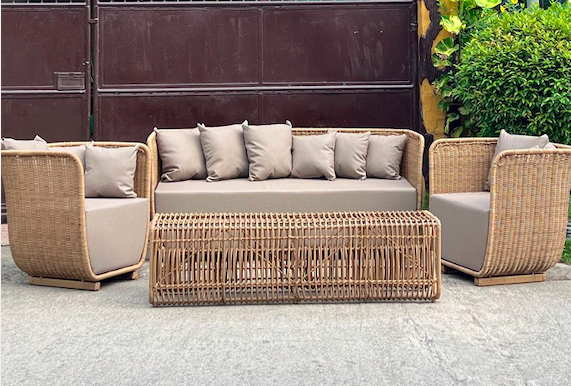
This one is made of rattan, which is also durable. It has an aesthetic look that can be created into varied designs even when the maintenance will be a little bit tricky with all the detailed indentation. Outdoor Furniture Material from @ileysss_adrattanindustryph
Durability is crucial for outdoor furniture, as it faces exposure to the elements year-round. The choice of materials significantly impacts the longevity and maintenance of the furniture. Common materials include:
1. Wood: Teak, cedar, and eucalyptus are popular choices for their natural resistance to rot and insects. Regular maintenance, such as sealing and oiling, extends the life of wooden furniture.
2. Metal: Aluminum and stainless steel are lightweight, rust-resistant options, ideal for modern designs. Wrought iron, while heavier and prone to rust, offers a classic look with proper maintenance.
3. Wicker: Synthetic wicker made from polyethylene is preferred over natural rattan for outdoor use due to its resistance to moisture and UV rays. It provides a traditional look with modern durability.
4. Plastics and Resins: High-density polyethylene (HDPE) and other resins are durable, lightweight, and low-maintenance materials. They come in various colors and styles, mimicking wood and metal finishes.
Maintenance Tips

Doing the maintenance yourself is possible. But, in case you are too busy for that, then asking the professional will always be fine especially if you don’t have the tools and the material characteristic is tricky. Furniture Maintenance from @crystal_house_rw
Proper maintenance ensures the longevity of outdoor furniture, preserving its appearance and functionality. Here are some maintenance tips for different materials:
1. Wood: Clean regularly with a mild soap solution and a soft brush. Apply a protective sealant or oil annually to prevent cracking and fading.
2. Metal: Wipe down with a damp cloth to remove dirt and debris. For wrought iron, apply a rust-resistant primer and paint as needed. Aluminum and stainless steel require minimal maintenance, but occasional polishing can maintain their shine.
3. Wicker: Clean synthetic wicker with a hose and mild soap. For natural wicker, use a soft brush and avoid excessive moisture. Store in a dry place during extreme weather.
4. Plastics and Resins:** Clean with a mixture of water and mild detergent. Avoid abrasive cleaners that can scratch the surface. Store or cover during harsh weather to prevent damage.
Enhancing Outdoor Spaces

The furniture provided here is really adorable. It looks sleek, aesthetic, and functional for sure. You should also see the coffee table where it is functioned as the firepit at once. Functional Outdoor Furniture from @roshults
Outdoor furniture goes beyond functionality, playing a crucial role in enhancing the overall aesthetics of outdoor spaces. Thoughtful arrangement and design can transform a simple patio into a luxurious retreat.
Investing in Quality
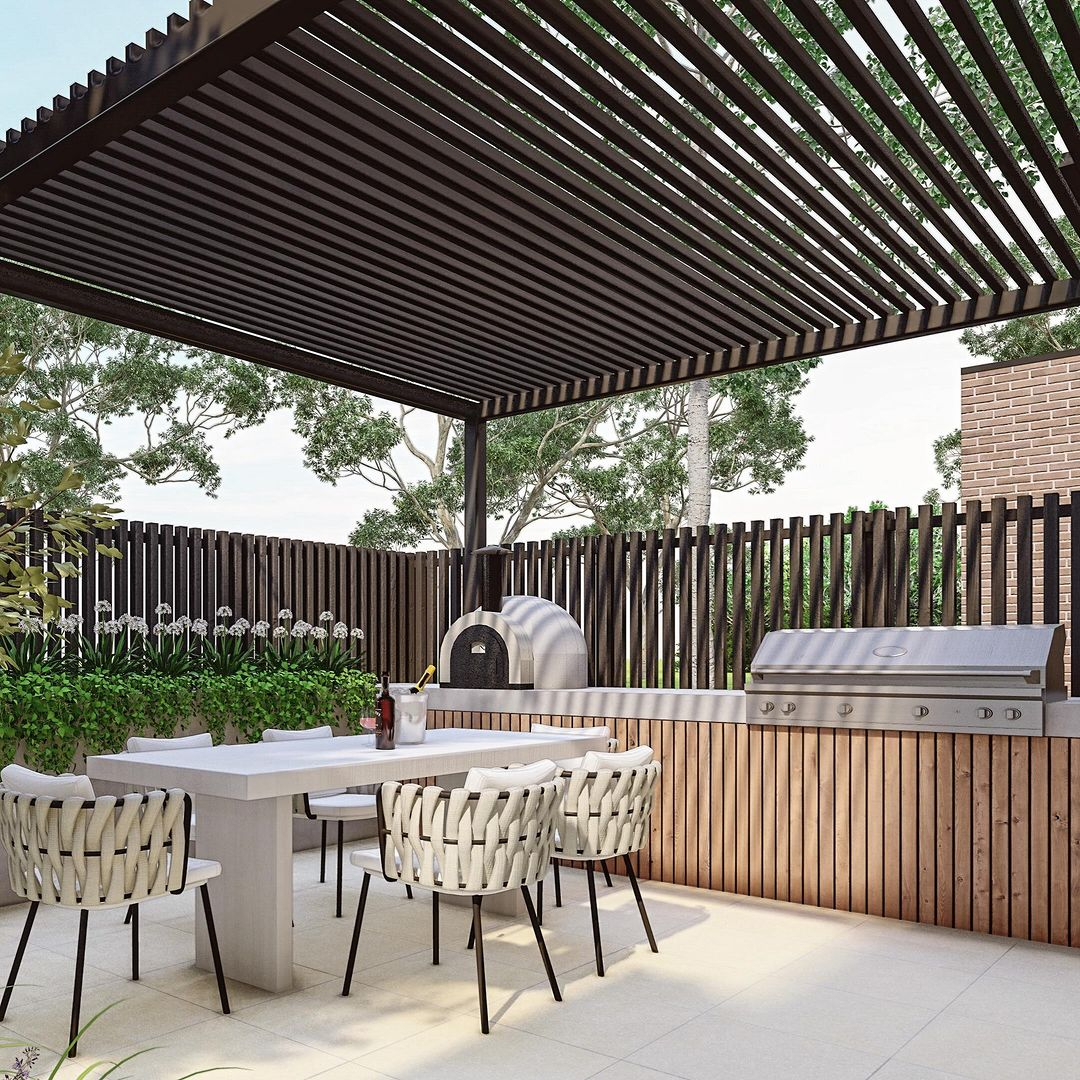
Everything installed and provided here has such a good quality. Let’s say there are a high-quality grill, durable countertops made of granite or stainless steel, ample storage with weatherproof cabinets, designated prep space, and comfortable seating for dining. Best Quality Furniture from @shapeformlandscape
While budget-friendly options are available, investing in high-quality outdoor furniture pays off in the long run. Quality pieces not only last longer but also offer better comfort and aesthetics. When shopping, prioritize reputable brands and materials known for their durability. Test the furniture for comfort and stability, and check for warranties or guarantees that reflect the manufacturer’s confidence in their product.


